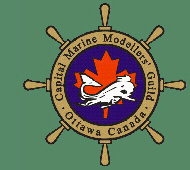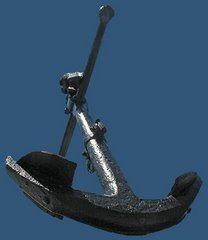It took about six years, but I finally started and finished this Verlinden model #1422 in 1:35 scale of a U.S. Navy Dahlgren 11-Inch Naval Gun this past week. Verlinden of Belgium went out of business in 2016, and the price of their kits has skyrocketed. I paid about $30 for this kit some six years ago. Now it is on ebay for $300. Insanity!
The kit is all resin, so working with it is dangerous in terms of toxic particles. Always wear a particle filter mask. All paints are Vallejo and Tamiya and ModelMaster/Testors acrylics. The kit was missing the necessary amount of pulley rope, so that came from my spare ship parts container.
Wiki says: "Dahlgren guns were muzzle-loading naval artillery designed by Rear Admiral John A. Dahlgren USN (1809 – 1870), mostly used in the period of the U.S. Civil War. Dahlgren believed a safer, more powerful naval cannon could be designed using more scientific design criteria. Dahlgren guns were designed with a smooth curved shape, equalizing strain and concentrating more weight of metal in the gun breech where the greatest pressure of expanding propellant gases needed to be met to keep the gun from bursting. Because of their rounded contours, Dahlgren guns were nicknamed "soda bottles", a shape which became their most identifiable characteristic. XI-inch Dahlgren shell gun: 465 were cast at (various locations) between 1856 and 1864. This is the only Dahlgren gun to have been designed both with and without a muzzle swell. The gun was typically mounted on a pivot or in a turret on a monitor. When mounted in a turret, the crew for an XI-inch Dahlgren was seven including powdermen. The crew for the gun when mounted on a pivot was 24 men and a powderman. XI-inch Dahlgrens were carried on (various ships) and monitors as well as the original USS Monitor. Many other conventional ships carried XI-inch Dahlgrens on pivot mounts. A few larger river gunboats also carried XI-inch Dahlgrens."
This version fired a 280 mm, 75 kg ball, about 1000 m.
John Clearwater
















